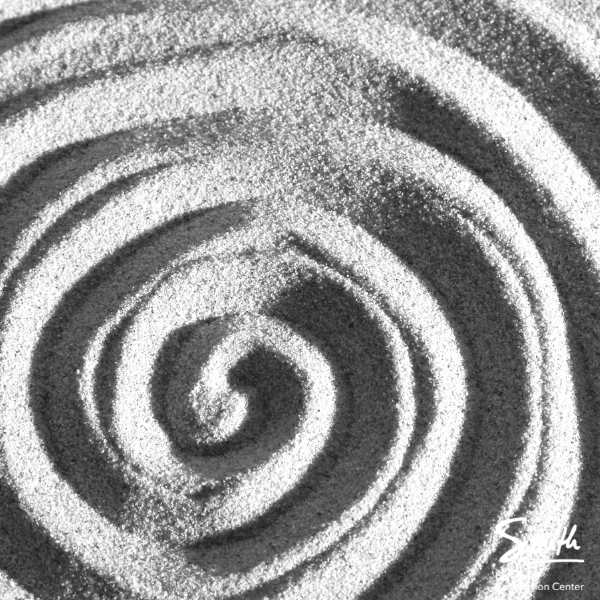
BPPV stands for benign paroxysmal positional vertigo. In this condition, individuals experience a sudden onset of vertigo that is dependent on the position of the head. While the condition itself is not life threatening, the symptom of vertigo can be intense in nature, last for seconds to a minute long, and also result in nausea, vomiting and unsteadiness. Between episodes of vertigo, individuals may experience sensation of fatigue, impaired balance, brain fog, and blurred vision. It is estimated that 25-50% of all individuals with a complaint of vertigo experience BPPV, accounting for 3% of the population. Once someone has BPPV, they have a 50% greater chance of it recurring within the next two years.
We know that the symptoms of BPPV are caused by displacement of calcium carbonate crystals, called otoconia, within the inner ear’s vestibular system. Instead of the otoconia being in the vestibule of the inner ear, they somehow become dislodged and move into the semicircular canals of the vestibular system. When this happens, the vestibular system sends a false signal to the brain that the head is spinning or rotating in certain head positions, which causes the symptom of vertigo. Unfortunately, what we do not know is the specific cause of BPPV. Because of this, there is no cure for this condition, though it is effectively treated with specific maneuvers by a trained vestibular physical therapist.
Recent research regarding BPPV now reveals certain conditions that correlate with a higher risk of developing the condition at some point during a lifetime. These factors include: migraine, high cholesterol, high blood pressure, head trauma, osteoporosis, and low Vitamin D levels. While these factors do not guarantee the development of BPPV, they are associated with increased risk of developing the common vestibular disorder.
What are the implications of this research? While we can not accurately predict who will or will not develop BPPV, perhaps addressing these risk factors through lifestyle modifications and medical interventions will help to reduce an individual’s chance of developing BPPV in the future. Exercise, medication and vitamin supplements can all help alleviate the impacts of the risk factors associated with increased chances of developing BPPV. This should be addressed with your healthcare team.
For any questions regarding BPPV or how physical therapy can help remedy BPPV, please do not hesitate to contact us!